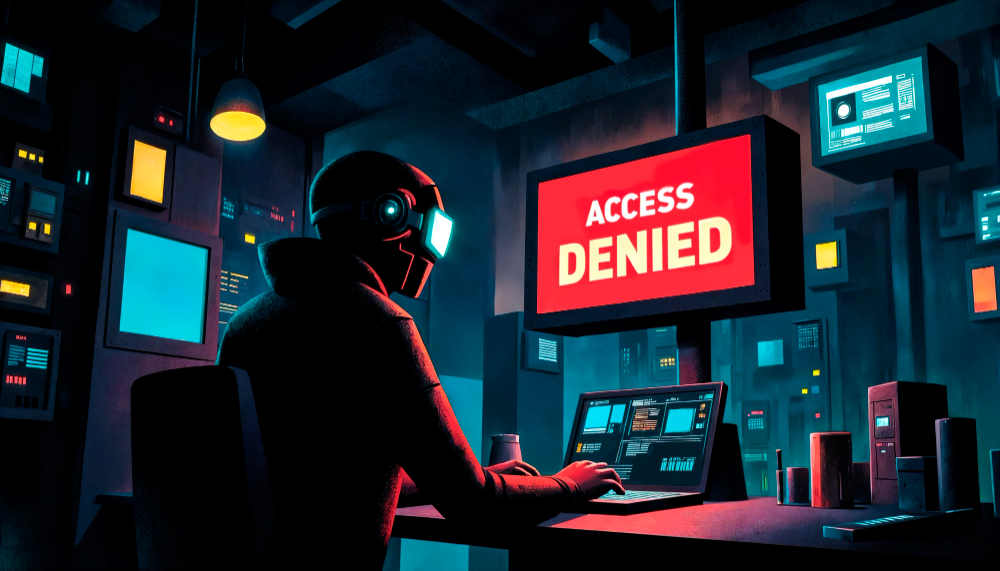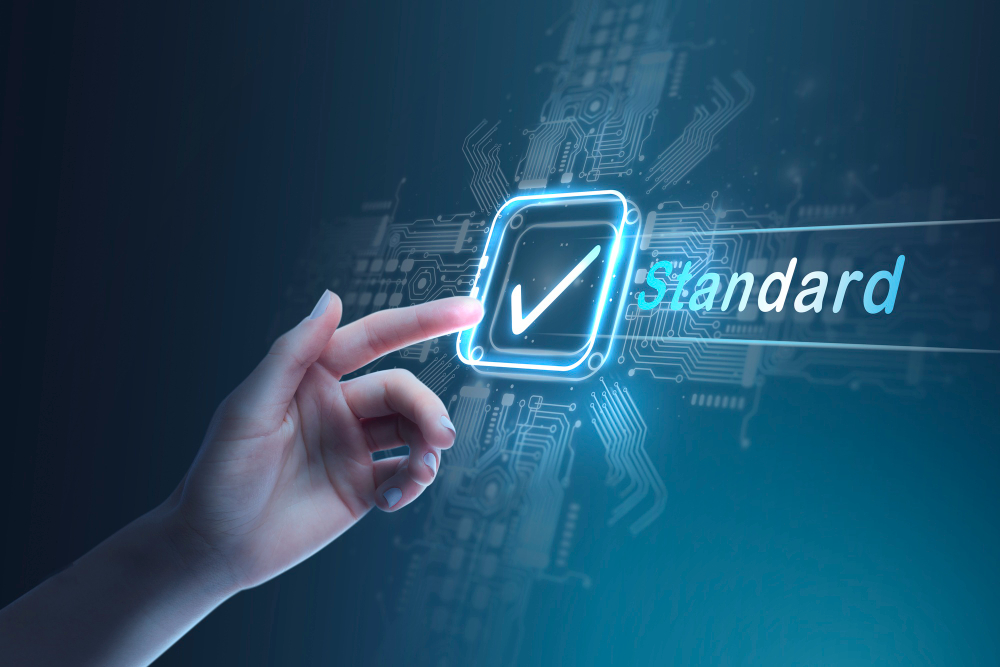Introduction
In today’s digital world, video piracy has become one of the biggest threats to creators, businesses, and streaming platforms. From movies and web series to live broadcasts, pirated content spreads across the internet within hours, causing massive revenue losses and damaging brand reputation. For content owners, detecting pirated videos online is no longer optional but a necessity to safeguard intellectual property. The rise of piracy websites, peer-to-peer sharing platforms, and social media leaks has made it essential to adopt reliable detection methods.
This blog will walk you through practical steps to detect pirated videos online effectively. We will explore different detection methods, technologies, and monitoring strategies that help organizations stay one step ahead of pirates. By the end of this blog, you’ll understand how to identify piracy, what tools are available, and why partnering with experts like AiPlex Anti-Piracy ensures maximum protection for your digital assets. Let’s dive in and discover how you can combat video piracy today.
Things to Know Before Detecting Pirated Videos
Before learning the actual steps to detect pirated videos online, it is important to understand the basics of how piracy works. Knowing the different formats of piracy, the platforms where pirated content circulates, and the common challenges in enforcement will help you adopt a more effective strategy.
In this section, we’ll break down the essential knowledge you must have before diving into detection methods. From copyright laws to digital watermarking, these aspects lay the foundation for successful anti-piracy measures.
Understanding Copyright Infringement
Copyright infringement is at the heart of video piracy. When individuals or groups distribute, copy, or monetize videos without proper authorization, they violate intellectual property rights. This results not only in financial losses but also in reputational harm for creators and distributors.
For businesses, understanding copyright infringement laws across different countries is critical, as piracy often spans international boundaries. Having clarity on these legal aspects helps in building stronger detection and enforcement strategies to protect original content.
Role of Digital Watermarking
Digital watermarking plays a crucial role in piracy detection. It involves embedding hidden, unique identifiers within a video that are invisible to viewers but traceable by specialized software. This helps identify leaks quickly and trace pirated videos back to their source.
Many content owners use forensic watermarking to track illegal distribution. When pirated copies appear online, watermarks allow owners to pinpoint where the leak originated, whether from a theater, a screener, or an OTT platform.
Piracy Detection Tools and Software
Technology has made it possible to track pirated content efficiently. Piracy detection tools scan millions of websites, streaming platforms, and peer-to-peer networks to identify illegally shared videos. These tools rely on automated crawlers, fingerprinting technology, and artificial intelligence to detect matches.
Such software not only flags pirated videos but also assists in swift takedowns. Having robust piracy detection tools is essential for content creators and distributors who want to reduce revenue losses and protect intellectual property.
Platforms Where Piracy Thrives
Pirated videos are most commonly found on torrent sites, file-sharing platforms, social media channels, and unauthorized streaming portals. These platforms allow pirated copies to spread rapidly, making it harder to contain once leaked.
Understanding where piracy thrives enables businesses to monitor those platforms proactively. By keeping an eye on high-risk channels, content owners can act quickly and minimize the impact of piracy.
Challenges in Detecting Pirated Content
While tools and technology help, detecting pirated videos is not always straightforward. Pirates often use techniques like altering video resolution, changing watermarks, or re-encoding files to avoid detection. This makes manual monitoring almost impossible.
Content owners must be aware of these challenges and use advanced solutions that combine automation with expert intervention. Staying updated on piracy tactics ensures that detection efforts remain effective.
Steps to Detect Pirated Videos Online
Detecting pirated videos involves a combination of technology, proactive monitoring, and enforcement. Below are the key steps to identify pirated content across the internet.
Step 1: Use Content Fingerprinting Technology
Content fingerprinting creates a unique digital signature for every video. This allows anti-piracy tools to compare files across platforms and detect pirated versions, even if they have been altered slightly.
Fingerprinting is widely used by major streaming platforms and production houses. It ensures accuracy in detection and reduces false positives, making it one of the most reliable methods for video piracy protection.
Step 2: Deploy Automated Crawlers
Automated crawlers are essential in scanning the web for pirated videos. These crawlers continuously search websites, forums, torrent platforms, and social media for matches to copyrighted content.
By automating the search process, businesses can cover vast amounts of online data quickly. This ensures that pirated content is detected in real time, minimizing the chances of further spread.
Step 3: Monitor Torrent and File-Sharing Networks
Torrents and peer-to-peer file-sharing networks remain hotspots for piracy. Monitoring these networks helps detect illegal uploads of movies, shows, and live broadcasts.
Anti-piracy teams use specialized tools to track torrent activity, identify seeders, and trace IP addresses associated with piracy. Keeping a close watch on these platforms ensures early detection and faster response.
Step 4: Track Social Media Platforms
Social media has become a major source of pirated content distribution. Short video clips, live-streamed events, or even full-length movies are often uploaded illegally.
Regular monitoring of platforms like Facebook, YouTube, and TikTok helps identify such leaks. Automated reporting tools and copyright claim systems can be used to remove pirated videos quickly from social platforms.
Step 5: Implement Web Crawling for Streaming Sites
Illegal streaming websites are among the biggest piracy threats. These sites host pirated content and generate revenue through ads and subscriptions. Web crawling technology scans these sites, matches pirated content, and reports it for takedown.
By actively monitoring unauthorized streaming platforms, businesses can prevent large-scale revenue leakage and protect their distribution rights.
Step 6: Leverage AI-Powered Piracy Detection
Artificial Intelligence is revolutionizing piracy detection. AI tools can analyze large volumes of data, identify piracy patterns, and adapt to new piracy techniques faster than manual methods.
Using AI-driven detection systems enhances efficiency and ensures that even modified pirated versions are detected. This makes AI a valuable asset in the fight against online video piracy.
Step 7: Conduct Regular Manual Audits
While technology is powerful, manual audits remain an important step. Human experts can identify subtle piracy techniques that automated systems may miss.
Combining manual monitoring with automated tools creates a stronger defense against piracy. Experts can also prioritize high-risk content and ensure faster resolution of piracy incidents.
Why Choose AiPlex Anti-Piracy?
AiPlex Anti-Piracy offers industry-leading solutions to protect your video content from illegal distribution. With advanced tools like AI-driven detection, automated crawlers, and forensic watermarking, AiPlex ensures comprehensive protection against piracy. The company monitors thousands of websites, social media channels, and torrent platforms 24/7 to identify and remove pirated videos.
Beyond detection, AiPlex provides swift takedown services and legal support to safeguard intellectual property rights. With years of expertise in digital rights management, AiPlex has helped global studios, OTT platforms, and broadcasters reduce losses and protect their brand reputation. Choosing AiPlex means partnering with a trusted ally in the fight against video piracy.
Conclusion
Video piracy is a growing challenge in the digital era, but with the right detection methods, businesses can safeguard their content effectively. From content fingerprinting and watermarking to AI-powered tools and manual audits, a multi-layered approach ensures maximum protection.
By understanding piracy threats, monitoring vulnerable platforms, and acting swiftly on detected cases, content owners can minimize losses and maintain brand integrity. Partnering with experts like AiPlex Anti-Piracy provides the added advantage of advanced technology and professional enforcement support. If you want to protect your digital assets and ensure uninterrupted revenue growth, AiPlex is your go-to solution for video piracy protection.
Summary
Detecting pirated videos online requires a strategic blend of technology, monitoring, and enforcement. This blog outlined the key steps, including content fingerprinting, automated crawlers, torrent monitoring, social media tracking, and AI-powered detection. We also highlighted the importance of watermarking, manual audits, and understanding piracy challenges before implementing detection methods.
By choosing AiPlex Anti-Piracy, businesses gain access to advanced tools, round-the-clock monitoring, and expert support for fast and effective takedowns. With AiPlex by your side, you can stay ahead of pirates, protect your revenue, and safeguard your creative assets. The fight against video piracy is tough, but with the right partner, victory is assured.



